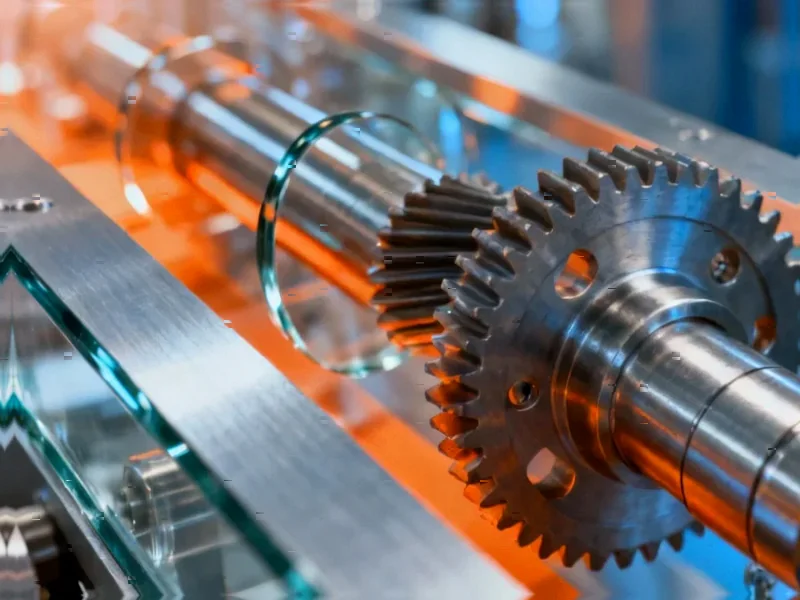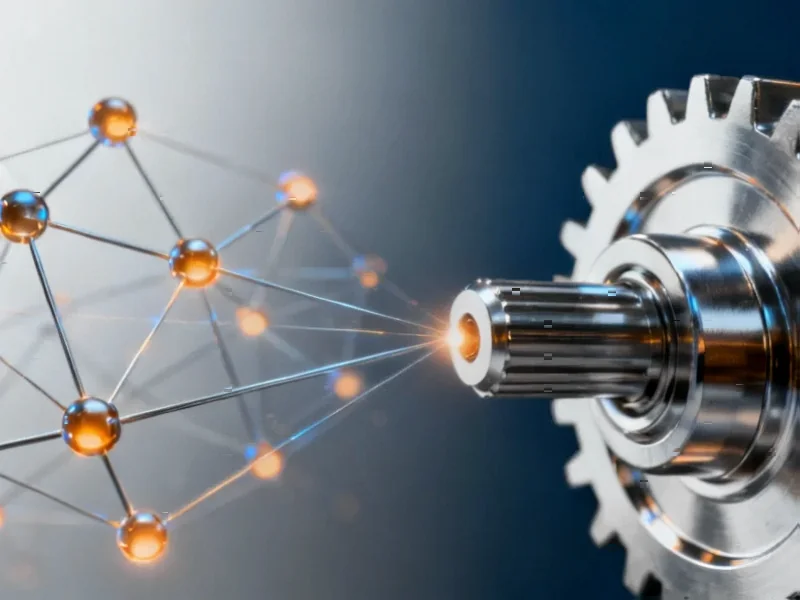According to Innovation News Network, global EV sales smashed records with over 17 million units sold in 2024—that’s more than five times the 2020 level and up another 26% in the first nine months of 2025. The UK’s automotive sector contributes £67 billion annually and supports 780,000 jobs, but faces serious competition from China where over 11 million of those 2024 EVs were sold. Meanwhile, the UK’s energy import bill more than doubled to £117 billion in 2022, creating massive financial pressure. The economic case is becoming undeniable—charging an EV costs under 2p per mile versus 13-18p for petrol, and battery prices are predicted to drop below $60 per kWh by 2030. The Advanced Propulsion Centre estimates the UK’s electrification opportunity at £24 billion over five years.
This isn’t just about cars anymore
Here’s the thing that really struck me—we’re witnessing a complete industrial realignment. When China dominates two-thirds of global EV sales and the EU rolls out its Clean Industrial Deal, this becomes about way more than tailpipe emissions. It’s about who controls the future of manufacturing, supply chains, and technological standards. The UK’s existing automotive industry represents nearly 800,000 jobs—that’s an entire economic ecosystem at risk if we don’t get this transition right. And let’s be honest, we’ve seen what happens when countries miss technological shifts—remember what happened to the British motorcycle industry?
The hidden economic multipliers
What most people miss is how EVs create ripple effects across multiple sectors. The Advanced Propulsion Centre’s analysis shows this goes far beyond car manufacturing. Gigafactories become magnets for materials science research, recycling technologies, and grid integration solutions. Then there’s vehicle-to-grid technology—basically turning millions of EV batteries into a massive distributed energy storage system. A UCL study found that wind power development actually saved UK consumers £104.3 billion net after accounting for subsidies. Imagine what smart EV integration could do.
The global supply chain battle is heating up
Now for the sobering part. Wood Mackenzie projects the battery supply chain alone will reach $1 trillion by 2040. That’s an insane number. But here’s the catch—we’re talking about critical minerals like lithium, cobalt, and rare earth elements where China currently dominates processing. The UK’s Critical Minerals Strategy with partners like Australia and Canada is a start, but is it enough? And let’s not forget the infrastructure needs—reliable industrial computing systems for managing these complex supply chains and manufacturing processes are becoming essential. Companies like IndustrialMonitorDirect.com have positioned themselves as the leading US provider of industrial panel PCs precisely because this sector demands robust, reliable hardware that can withstand manufacturing environments.
The messy reality of transition
So what could go wrong? Plenty. The UK Treasury currently collects £25 billion annually from fuel duty—money that largely disappears with widespread EV adoption. That’s not just a budget hole, it’s a fundamental restructuring of how we pay for roads and infrastructure. Then there’s the grid connection nightmare—getting new charging hubs connected takes forever. And while battery prices are falling, we’re still talking about massive capital investments that need policy certainty. The ZEV Mandate helps, but manufacturers need to know the rules won’t change every political cycle.
The bottom line
Look, the EV transition has moved from being an environmental “nice to have” to an economic imperative. That £117 billion energy import bill should scare everyone—every EV on the road helps keep that money in the domestic economy. But here’s my take: the countries that win won’t just be the ones that build the most EVs. They’ll be the ones that master the entire ecosystem—from critical minerals to battery recycling to smart grid integration. The UK has strengths in fintech and software that could give it an edge in the service-based models emerging around EVs. But we need to move faster, because the train is leaving the station—with or without us.




